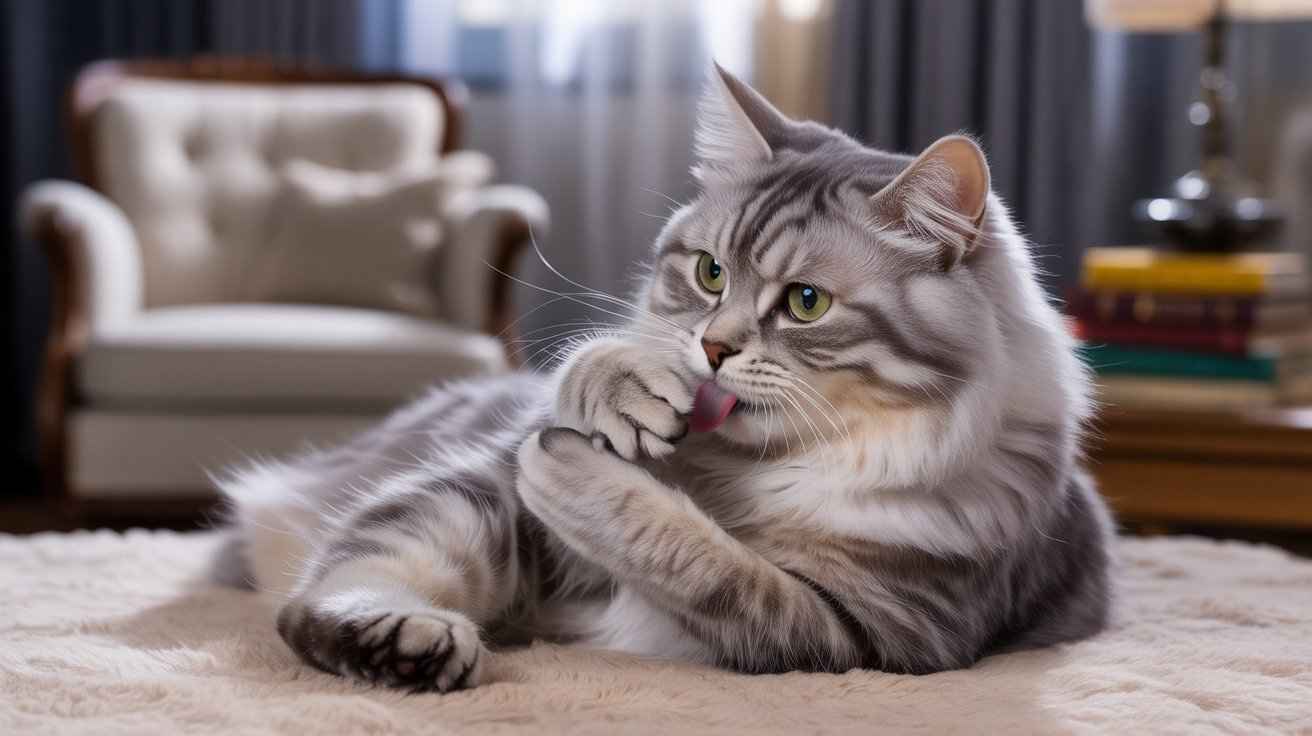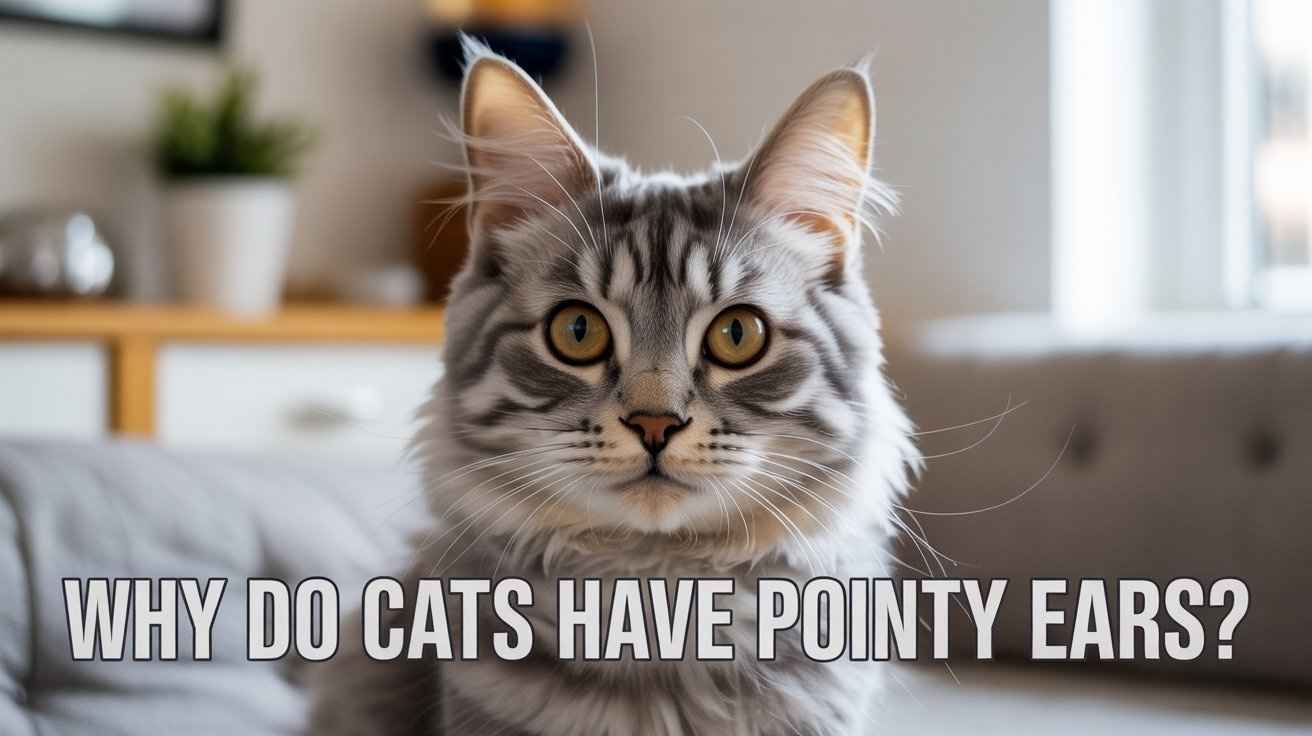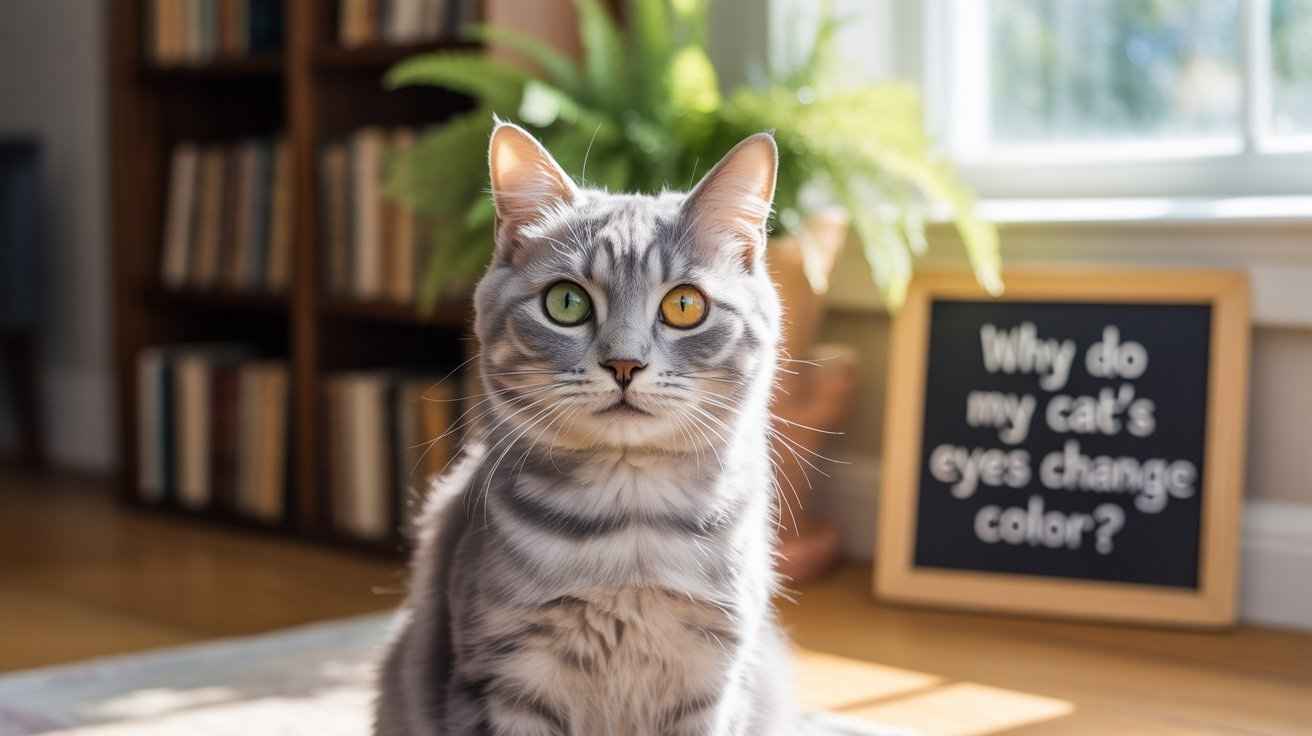Why cats have slits in their ears: 7 curious reasons 1. Hearing 2. Communication 3. Temperature control 4. Hunting 5. Balance 6. Grooming 7. Genetics.
Why Cats Have Slits in Their Ears
Cats have a small slit or fold near the edge of their ears. This feature is called Henry’s pocket or the cutaneous marginal pouch.
While it may look minor, it plays a vital role in a cat’s hearing, communication, and ear protection.
These slits are located on the back edge of the ear, near the tip of the pinna (the external ear flap). They are found in most cats and even in some other mammals, such as dogs and bats.
Understanding why cats have these slits helps us appreciate their unique anatomy and ensure proper ear care for their health and comfort.
5 Main Reasons Cats Have Slits in Their Ears
| Reason | Explanation |
|---|---|
| 1. Better Hearing | The slit may help trap and focus sound waves, thereby enhancing a cat’s hearing, particularly in relation to high-pitched sounds. |
| 2. Sound Localization | Improves accuracy when detecting the exact direction of sounds — an important skill for hunting. |
| 3. Ear Flexibility | Allows more precise movement of the ear flap, enabling quick reactions to sound changes. |
| 4. Communication | Helps cats express emotions. Ear positions can show curiosity, caution, or fear. |
| 5. Protection | Helps trap dust, debris, and insects before they enter the ear canal. |
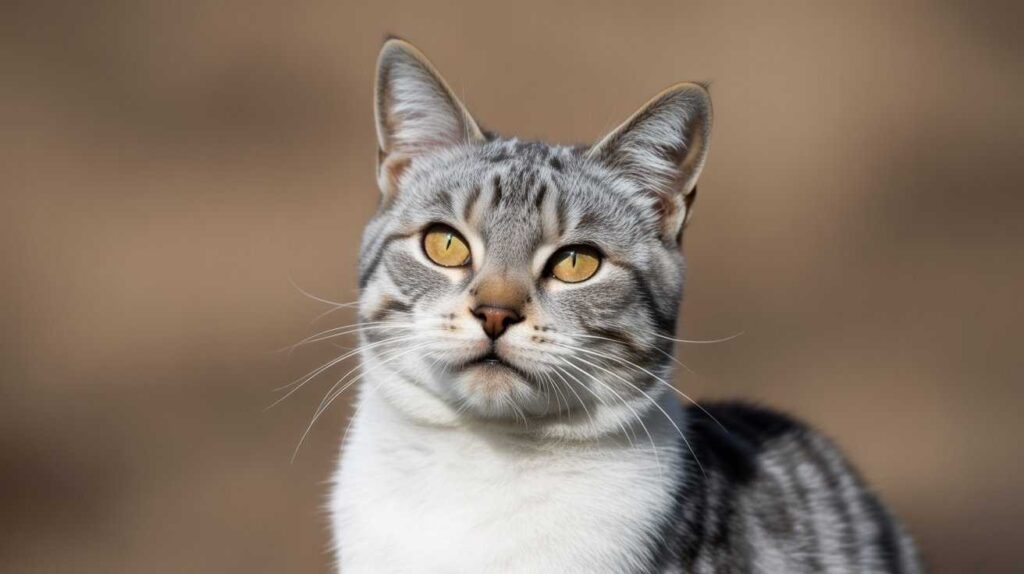
1. Better Hearing
Cats have one of the best hearing ranges among mammals. They can detect sounds between 48 Hz and 85 kHz, which is far beyond human ability.
Henry’s pocket may act like a small acoustic aid, making high-pitched noises easier to hear.
This is especially useful when hunting prey, as the movements of prey often produce faint, high-frequency sounds.
2. Sound Localisation
Cats can rotate their ears almost 180 degrees independently of each other. This skill helps them pinpoint the source of a sound without needing to move their heads.
The slit in their ears contributes to this ability by helping adjust and fine-tune sound reception.
3. Ear Flexibility
The cutaneous marginal pouch gives extra flexibility to a cat’s ear. This helps the pinna (the outer ear flap) move more freely.
Such flexibility is essential not only for hearing but also for protecting the inner ear from wind, debris, and other disturbances.
4. Communication
Cats communicate a great deal through body language, and their ears play a significant role. The slit allows more precise ear movement, which helps signal emotions. Examples include:
![A close-up profile of a sleek dark gray cat, highlighting the small slit, or Henry's pocket, on the outer edge of its ear. [Why Cats Have Slits in Their Ears]](https://catscare.blog/wp-content/uploads/2025/10/Cats-Have-Slits-in-Their-Ears-1024x574.jpg)
- Forward ears: curiosity or alertness
- Sideways ears: caution or uncertainty
- Flat ears: fear, stress, or aggression
5. Protection
The slit may help trap small particles, such as dust or insects, before they enter the deeper parts of the ear canal.
While this is not its only purpose, it provides an additional level of protection for the cat’s sensitive inner ear.
Cat Ear Health & Care Tips
Even though ear slits are normal and harmless, they can collect wax, dirt, or mites. This is why regular ear care is essential:
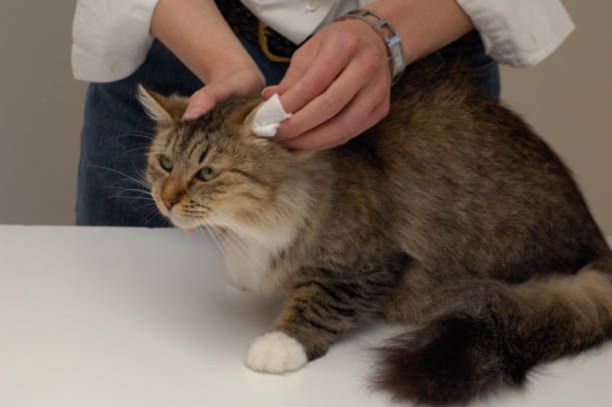
- Check ears weekly for debris, redness, or swelling.
- Use vet-approved ear cleaners to gently wipe the outer ear and slit.
- Never insert cotton swabs or anything deep into the ear canal.
- Maintain grooming habits to avoid wax buildup.
When to See a Vet
Take your cat to a veterinarian if you notice:
- Redness or swelling around the ear slit
- Persistent scratching or head shaking
- Unusual odour from the ear
- Discharge or signs of discomfort
- Sudden changes in ear shape or hearing
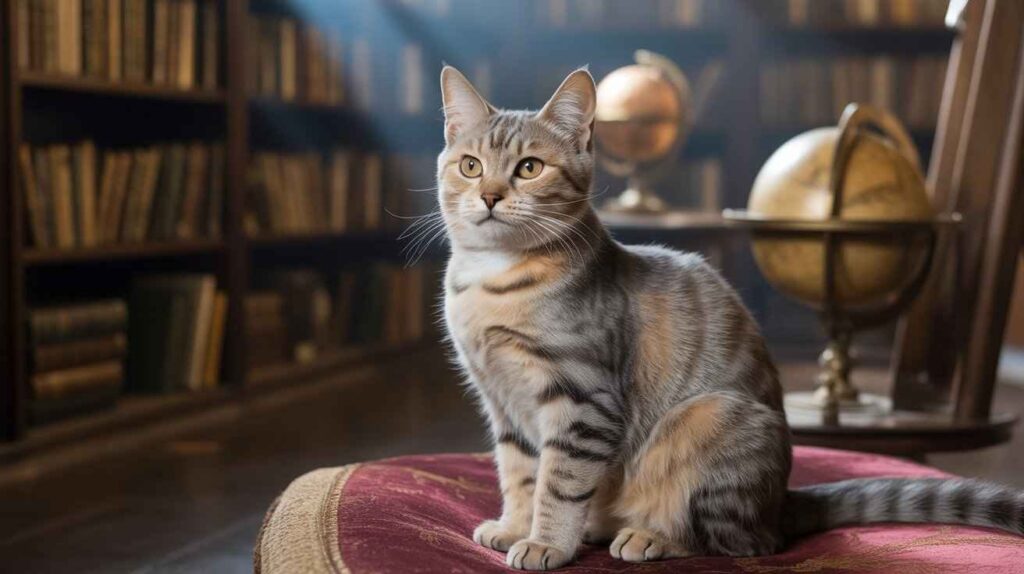
These symptoms may indicate infection, mites, or other ear problems. Early treatment can prevent complications.
Quick Care Tips for Cat Ear Slits
- Regularly inspect ears for changes.
- Keep ears clean with proper products.
- Maintain a healthy environment to avoid ear mites.
- Schedule vet checkups for ear health.
Final Note:
Henry’s pocket in your cat’s ear is a small but fascinating feature. It plays a role in hearing, communication, and protection. By knowing how it works and keeping your cat’s ears clean, you can ensure your feline friend stays healthy and alert.
FAQs
Q1: What is Henry’s pocket in cats?
It’s a small fold or slit on the back edge of a cat’s ear that helps hearing and ear flexibility.
Q2: Do all cats have these slits?
Most cats do, though size and shape vary by breed and individual.
Q3: Can ear slits cause problems?
Usually not, but wax or dirt can collect there. Regular cleaning prevents issues.
Q4: How should I clean my cat’s ears?
Use a vet-approved ear cleaner and gently wipe the slit. Avoid inserting anything deep.
Q5: Why are these slits important?
They improve hearing, help localise sounds, increase ear flexibility, aid communication, and protect the ear canal.

Hi, I’m Sana Sajid!I’m the voice behind CatsCare.blog, sharing my 10+ years of hands-on cat care experience. With a diploma in animal care, I offer practical tips, trusted advice, and easy-to-follow guides to help keep your cats healthy and happy.
When I’m not writing, I spend time with my own cats or exploring the latest developments in feline health. Follow CatsCare.blog for expert insights and real cat stories!

![A close-up profile of a brown and gray tabby cat with a white chest, highlighting the slit (Henry's pocket) on the outer edge of its ear. [Why Cats Have Slits in Their Ears]](https://catscare.blog/wp-content/uploads/2025/10/why-cats-have-slits-in-their-ears-cats.jpg)
![A sleek black tuxedo cat with bright yellow eyes and white chest and paws sits upright on a pink sofa. A framed text partially reads "Why your black cats white hair" in the background. [Why Black Cats Have White Hair]](https://catscare.blog/wp-content/uploads/2025/10/Why-Black-Cats-Have-White-Hair.jpg)
